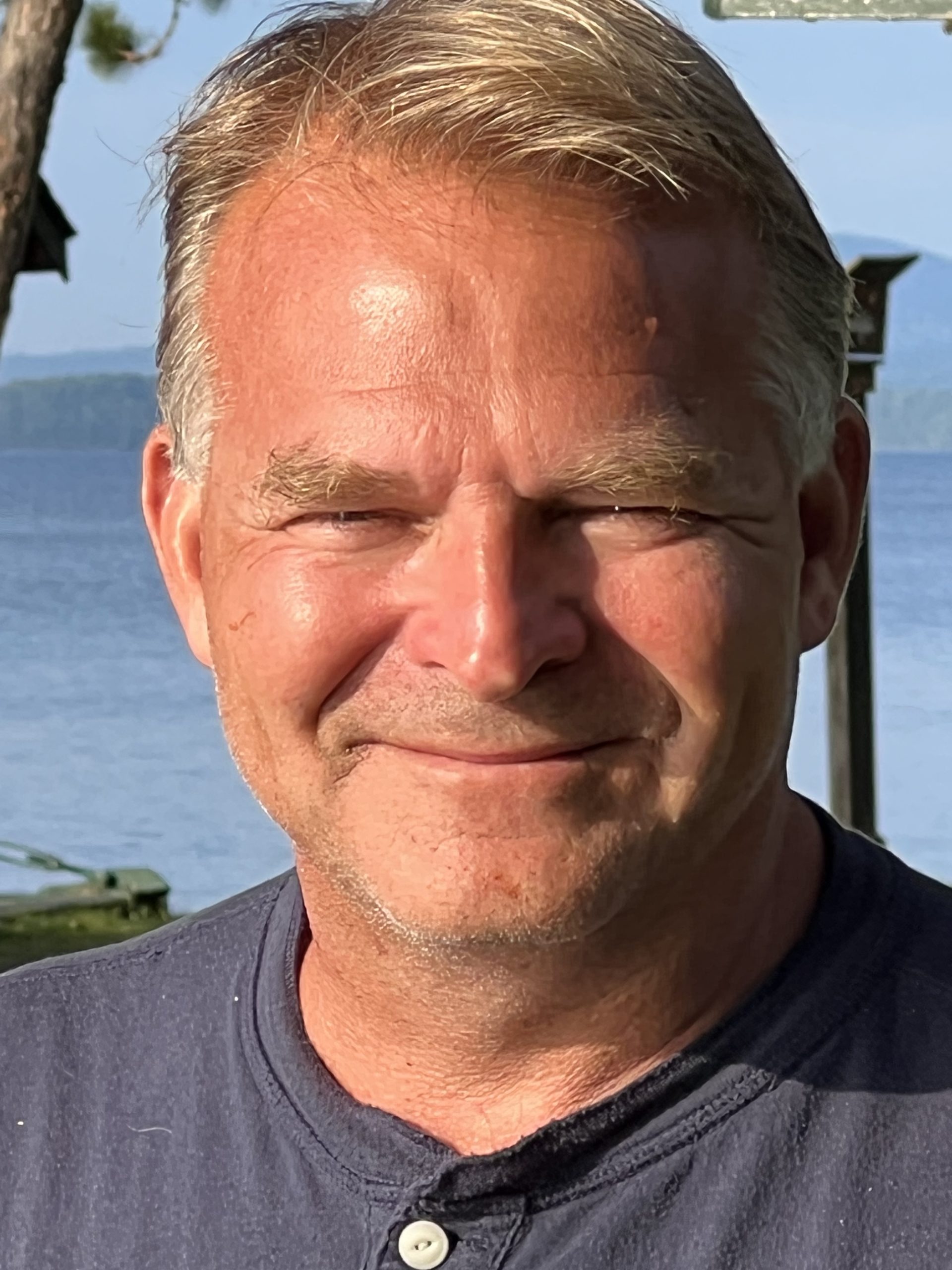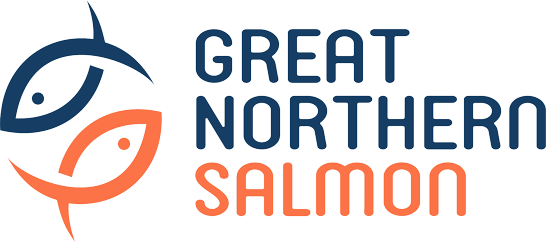Meet Erik Heim – Chair, Great Northern Salmon

The RAS segment has matured significantly since Erik started his journey as one of the pioneers in the industry. Few people have developed more RAS companies that have made a mark on the industry than Erik – now working on farms number 6 and 7.
His RAS story goes back to 2012. He founded the first commercial land-based salmon producer in Norway, got the first commercial license in the country, and the company produced exceptional quality products. Then he expanded his involvement to Yellowtail Kingfish in Denmark where he chaired Sashimi Royal through development and into production. He spent the last seven years heading up major RAS developments on both US coastlines, with a wealth of resulting experience and lessons learned. Today, he is chair of Great Northern Salmon. He is also on the board of SalmoGen Company, and a shareholder in both through the development company Xcelerate Aqua which he co-founded with Marianne Naess in 2022. They decided to go all-in in Maine based on a strategy carefully aligned with a low-risk approach in Maine, and their deep relations and knowledge of the state.
Extensive learning can be applied in designing new facilities today
We have seen an emerging industry on a learning curve, he says. He emphasizes the extensive learning that has happened in the last decade. We have seen good and bad cases. He says we have come a long way since the design considerations we worked on 10 years ago. Well-designed facilities today are far more robust than those early-day designs, especially from a fish welfare perspective. Back then, players made a lot of untested assumptions. Today, we understand more about risk mitigation, design implications, and necessary conditions to deliver on fish welfare and biomass targets. State-of-the-art facilities 10 years ago are a lightyear from what we can develop today by applying that learning.
As for the future outlook, he comments on significant advancements in IA, off-flavor mitigation advancements that can simplify facility designs, salmon genetics development for land-based systems, and a deeper understanding of how important site selection is.
There are unique regulatory requirements for each location that influence design
choices.
And we see different solutions work different places, he says. For example, in Norway, flow-through systems have gained popularity. Neither net pens nor flow-through systems are viable in the US with rigorous environmental standards and coastlines with plenty of potential for conflict. Large coastal developments are controversial.
So, we combined principles of flow-through and RAS in the Millinocket development, he says. The best of both worlds – the hybrid model we have developed interestingly mitigates key risks in each approach.
Technology goes hand-in-hand with experience
Technology will never replace the need for deep in-house experience, he comments. RAS may be packaged as off-the-shelf by some, but in truth a lot of experience goes into building a successful RAS operation at scale, from early planning and into operations. A company needs to be competent on everything from site selection to robust production planning, and to all the building blocks that need to come together in building a viable RAS company at scale. No vendor will put all those pieces together for you, and certainly not deliver a competitive edge in the segment. So, you need that expertise in-house.
Looking forward, the days should be over were land-based companies take investors down an expensive learning curve that others have gone down before. You need to be in the driver’s seat, and you need to know what you are doing. That requires interdisciplinary teams of experienced people who have done this before. Building a viable RAS operation at scale is not a one-man show or a start-up undertaking for enthusiastic business and marketing people.
The bottom line for Erik is that the segment has proven technology and proven ability to deliver quality products – the focus now is on delivering on realistic metrics, and on schedule. Well-positioned RAS and flow-through companies have all they need to do that today – if they have an efficient site and a solid crew onboard as a starting point.
